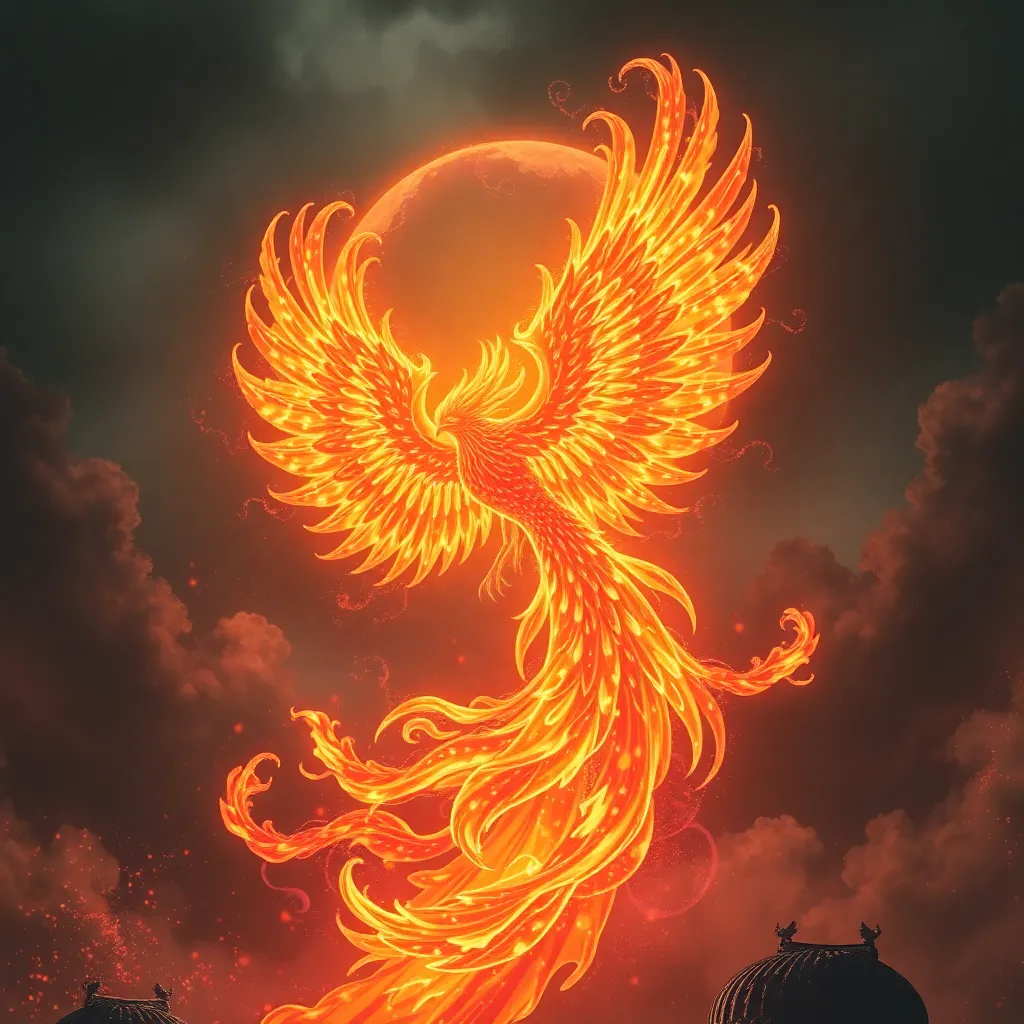The Huldra’s Curse: Exploring the Spirit’s Capacity for Punishment
I. Introduction
The Huldra is a captivating figure in Scandinavian folklore, often depicted as a beautiful woman with a cow’s tail and a hollow back, embodying the spirit of the forest. Her cultural significance extends beyond mere appearance; she is a symbol of nature’s duality, representing both enchanting beauty and underlying peril. The Huldra is known not only for her charm but also for her capacity for punishment, which manifests through a curse that she bestows upon those who wrong her or the natural world.
This article aims to explore the nature and implications of the Huldra’s curse, shedding light on its origins, characteristics, and relevance in both historical and modern contexts.
II. The Huldra in Folklore
A. Origins and historical context of Huldra myths
The myths surrounding the Huldra can be traced back to Norse mythology and Scandinavian traditions, where she often serves as a cautionary figure. These stories were passed down through generations, evolving with regional variations. The Huldra is frequently associated with the wilderness, embodying both its beauty and the dangers that lie within.
B. Description of the Huldra’s appearance and characteristics
The Huldra is typically described as an alluring woman with long, flowing hair and a striking figure. However, her most distinctive features include:
- A cow’s tail, which often serves as a giveaway of her true nature.
- A hollow back, which can symbolize her connection to the earth and nature.
- Her enchanting voice and beauty, which are used to lure unsuspecting travelers.
C. Variations in Huldra stories across different cultures
The Huldra appears in various forms across different cultures. For instance:
- In some tales, she is portrayed as a benevolent guardian of the forest.
- In others, she is a vengeful spirit who punishes those who harm her domain.
- In Finnish folklore, the equivalent figure, known as “Metsänneito,” shares similar traits but has distinct cultural implications.
III. The Nature of the Curse
A. Explanation of what the curse entails
The curse associated with the Huldra typically involves punishment for those who disrespect nature or engage in deceitful behavior. The consequences can range from misfortune to more severe repercussions, such as loss of sanity or life.
B. Common themes associated with the Huldra’s punishment
Recurring themes in the Huldra’s curse include:
- Retribution for betrayal or harm towards nature.
- Consequences for unfaithfulness or dishonesty in relationships.
- A warning against greed and exploitation of the natural world.
C. Symbolism of the curse in relation to human behavior
The Huldra’s curse serves as a poignant reminder of the consequences of human actions. It symbolizes the balance between humanity and nature, suggesting that disrespect towards the latter can lead to dire outcomes.
IV. Mechanisms of Punishment
A. Methods through which the Huldra enacts her curse
The Huldra employs various methods to enact her curse, including:
- Enchanting songs that lure individuals into her realm.
- Manipulating natural elements to create perilous situations.
- Directly confronting offenders and casting spells upon them.
B. Psychological and social implications of her actions
The Huldra’s actions reflect deeper psychological and societal themes. Her capacity for punishment highlights:
- The collective conscience regarding environmental stewardship.
- Societal norms around fidelity and honesty.
- The fear of retribution for moral transgressions.
C. Case studies or examples from folklore illustrating the curse in action
One popular tale involves a young man who, after seducing the Huldra, betrays her trust. In retaliation, she curses him to wander the forests lost, never to find his way home again—illustrating the severe consequences of his actions.
V. The Huldra as a Moral Arbiter
A. Exploration of the Huldra’s role in enforcing moral codes
The Huldra serves as a moral arbiter within folklore, embodying the consequences of unethical behavior. Her curse acts as a mechanism for upholding societal values and norms.
B. How the curse serves as a warning or lesson for society
The tales of the Huldra and her curse serve as cautionary lessons, warning individuals against the dangers of hubris, betrayal, and environmental disregard. These stories reinforce the importance of living harmoniously with nature and each other.
C. The relationship between the Huldra and the concept of justice
The Huldra’s curse embodies a unique form of justice that transcends human laws. It emphasizes the idea that moral transgressions will not go unpunished, thereby instilling a sense of accountability.
VI. Modern Interpretations and Adaptations
A. The Huldra in contemporary literature and media
In modern literature and media, the Huldra has been reimagined in various ways, often reflecting contemporary issues such as environmentalism and gender dynamics. Books, films, and television series have depicted her as both a victim and a powerful figure.
B. Evolving perceptions of the Huldra’s curse in modern society
Today, the Huldra’s curse is often interpreted through the lens of ecological awareness. Many view her as a symbol of nature’s retribution against humanity’s destructive tendencies.
C. The relevance of the curse in today’s moral discourse
The themes encapsulated in the Huldra’s curse resonate in today’s discussions around morality, particularly in relation to environmental ethics and social justice. Her story prompts reflection on the long-term impacts of our actions on the world around us.
VII. Cultural Impact and Legacy
A. The Huldra in art, music, and popular culture
The Huldra has inspired countless works of art, music, and performance, reinforcing her status as a cultural icon. From paintings to songs, her image serves as a reminder of the intertwined nature of beauty and danger.
B. Ongoing interest in the Huldra’s stories and their meanings
Interest in Huldra stories remains strong, with scholars and enthusiasts alike exploring their meanings and relevance. The Huldra continues to captivate audiences, illustrating the enduring power of folklore.
C. Influence of the Huldra’s curse on folklore studies and cultural anthropology
The Huldra’s curse has influenced folklore studies and cultural anthropology, prompting examination of how myths shape societal values and moral frameworks. Her stories provide insight into the human psyche and cultural beliefs.
VIII. Conclusion
In summary, the Huldra and her curse represent complex themes of beauty, danger, morality, and justice. Through exploring her story, we gain valuable insights into human behavior and the importance of respecting nature. The enduring power of folklore, exemplified by the Huldra’s curse, continues to shape moral perspectives and cultural identity in our modern world.
Understanding the Huldra’s curse invites us to reflect on our relationship with nature and each other, emphasizing the importance of harmony and responsibility in our actions.



